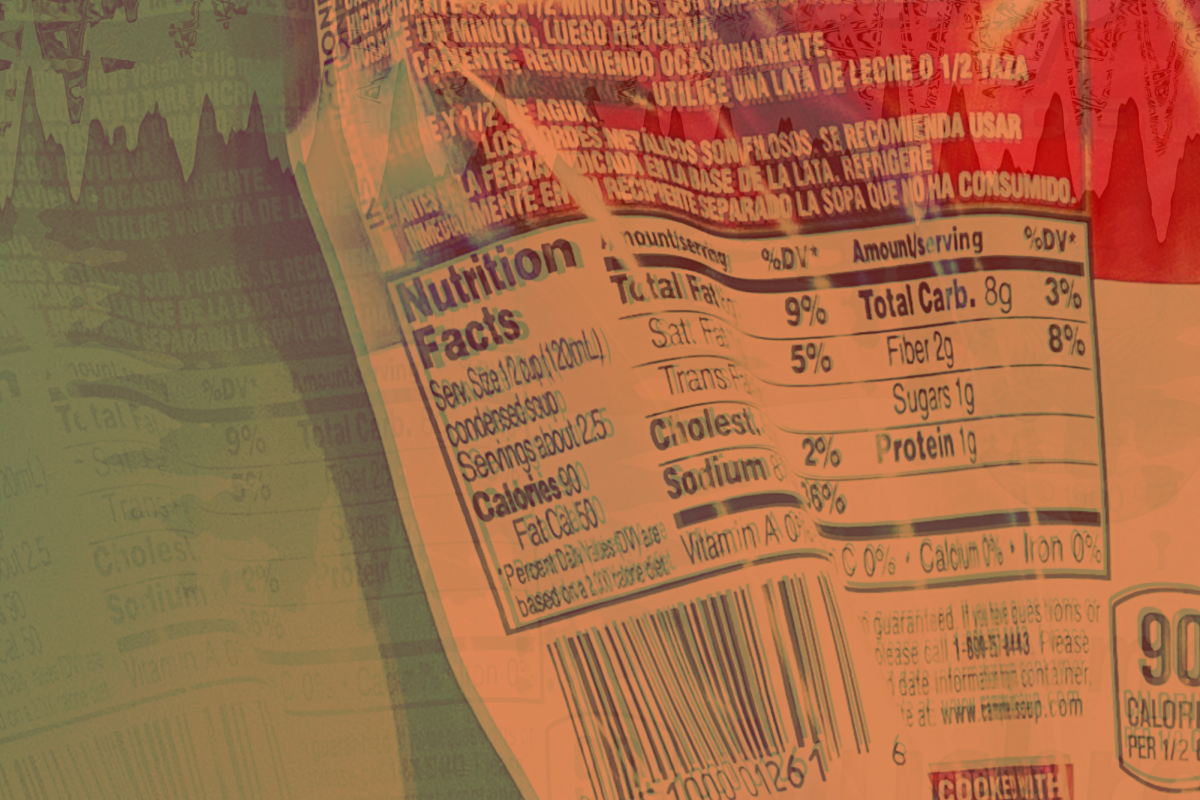 Lizi Zachary
Lizi Zachary
Go outside and look around you. Our campus is covered in grass. And, unfortunately, that grass does not maintain itself.
According to the Office of Sustainability, 47 percent of water used on campus goes towards outdoor use, mainly lawn care and landscaping, which is grossly high compared to the national average of 28 percent.
Some grassy areas are useful. Students eat and socialize on the grass outside of the A. Ray Olpin Union Building, or play games on the grass near Officers Circle.
However, the amount of grass on campus combined with the dry weather of Utah is unsustainable. Most of the grass does not serve any purpose. Patches of grass surround almost every building and separate parts of the sidewalk. People don’t study or play sports on them.
A viable solution for this excess and unused grass is to replace it with xeriscaping, otherwise known as drought-resistant grass. It has the same aesthetic appeal as normal grass, but has the added bonus of water conservation.
There are plans currently in place on campus to reduce the water use in lawn care, but they are hardly sufficient. A weather-based watering system is being developed to turn off the water sources, like sprinklers, when it detects rain. There is also a campus irrigation system to a well underneath the Rice-Eccles Stadium. The well collects storm water to use instead of processed water from the city.
But none of these plans fully address the superfluity of grass on campus. Xeriscaping takes care of that problem head-on.
And the U has recognized this. Campus planners are intending to xeriscape the outside of future buildings. There are even plans to replace grass on slopes with drought-resistant plants.
Specifically, some of the grass around the Huntsman Center, the Aline Wilmot Skaggs Building and the Student Services Building has been replaced with mulch and shrubs. Because of these changes, water use has been reduced 15 percent since 2008.
However, there are still no large-scale plans to replace the unnecessary grass on campus. Replacing grass on hills and adding xeriscaping to barren construction sites is different from getting rid of all unnecessary grass — the result of which could potentially element all excess water use on campus.
It may seem like too radical a change to get rid of almost all of the grass on campus, but considering drought conditions in Utah and the financial benefits of xeriscaping, it will be better in the long run.
Most of the grass on campus is Kentucky bluegrass, which needs about 24 inches of water every season. However, Salt Lake City only receives an average of less than the 16.10 inches of precipitation a year, according to the National Oceanic and Atmospheric Administration.
But there are plants that have adapted to living with almost no water that could be used instead, including the desert beardtongue, rabbitbrush and hummingbird trumpet.
Myron Wilson, director of the Office of Sustainability, is committed to making the campus a more environmentally friendly place. Wilson wants to see outdoor water use drop as much as possible, but the immediate cost is a deterrent.
“Water is incredibly cheap, and it costs a lot to switch [to drought-resistant plants],” he said.
Water is subsidized by property taxes, so it is cheap in the short-run. And it’s hard to see the environmental benefits of reducing water use when we can just turn on a tap so easily.
But water rationing has been necessary in Salt Lake City in the recent past. Just this summer, a few cities in neighboring Utah County have started rationing water. The affected households are only able to water their lawns on certain days and during certain hours, depending on their house number. This is because irrigation levels hit a critical low in that area.
If we aren’t proactive in reducing water use, regardless of the short-term costs, we could hit a point where water-rationing becomes necessary for all of Utah. To avoid getting to that point, we need to consider the consequences of water overuse now — starting at the U and setting an example for the general public.
Unnecessary grass on campus uses too much water
August 1, 2013











ColoradoRob • Aug 21, 2013 at 11:07 am
“If we aren’t proactive in reducing water use, regardless of the short-term costs, we could hit a point where water-rationing becomes necessary for all of Utah.”
So, rather than do it when we need to do it, we should do it before we need to do it, and spend money before we need to. I’ve never understood this line of thinking. It’s not like the water we’re using today, is robbing water from future years.
ColoradoRob • Aug 21, 2013 at 11:07 am
“If we aren’t proactive in reducing water use, regardless of the short-term costs, we could hit a point where water-rationing becomes necessary for all of Utah.”
So, rather than do it when we need to do it, we should do it before we need to do it, and spend money before we need to. I’ve never understood this line of thinking. It’s not like the water we’re using today, is robbing water from future years.
jethrObama • Aug 19, 2013 at 10:23 am
You don’t have to water grass very much… let it go brown… it always comes back the next year.
jethrObama • Aug 19, 2013 at 10:23 am
You don’t have to water grass very much… let it go brown… it always comes back the next year.